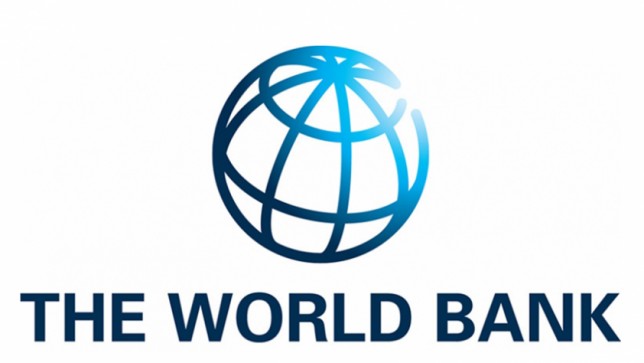ISLAMABAD, Apr 23 (APP): The World Bank (WB) on Wednesday said Pakistan’s economy continued to stabilize and was expected to grow by 2.7 percent in the current fiscal year ending June 2025, up from 2.5 percent in the previous year.
According to World Bank’s latest report “Pakistan Development Update: Reimagining a Digital Pakistan,” the real GDP growth would be supported by recovering private consumption and investment driven by subdued inflation, lower interest rates and recovering business confidence.
It said Pakistan’s economy was stabilizing with easing inflation, improving financial conditions, and current account and primary fiscal surpluses.
Amid continued tight macroeconomic policy, the WB said economic growth has been weak during the first half of the fiscal year, agriculture saw limited growth, in part due to adverse weather and pest infestations. industrial activity declined, impacted by higher input costs and taxes, and reduced government spending.
Similarly, growth of the services sector was muted given limited spillovers from weak agriculture and industrial activity.
While expected to strengthen, economic growth will remain tepid, making job creation and poverty reduction amid high population growth challenging.
“Pakistan’s key challenge is to transform recent gains from stabilization into economic growth that is sustainable and adequate for poverty reduction,” said Najy Benhassine, World Bank Country Director for Pakistan.
“High-impact reforms to prioritize an efficient and progressive tax system, support a market-determined exchange rate, reduce import tariffs to boost exports, improve the business environment and streamline the public sector would signal strong reform commitment, build confidence, and attract investment.”
Predicated on continued macroeconomic stabilization and key economic reforms, real GDP growth was projected to strengthen to 3.1 percent in FY26 and 3.4 percent in FY27 but would likely remain constrained amid tight monetary and fiscal policies aimed at rebuilding buffers and containing risks of imbalances.
“Pakistan’s economy has turned the corner and stabilized. Yet, the economic outlook remains fragile and any implementation delays in structural reforms or shifts in economic stabilization could dampen the nascent recovery and intensify external pressures,” said Anna Twum, lead author of the report. “Risks remain high due to elevated debt levels, policy and global trade uncertainties, and exposure to climatic shocks.”
This edition of the Pakistan Development Update also underscored the need for structural reforms to unlock opportunities of private capital mobilization for improving Pakistan’s digital infrastructure and enabling environment for the digital economy.
Connectivity quality varies widely across provinces, while high costs make fixed broadband less accessible.
Also, the WB said, Pakistan has opportunities to improve its capability to digitally deliver services to its citizens and businesses through the ongoing development of its Digital Public Infrastructure (DPI).
However, it said, the dividends from the DPI depended on several regulatory and institutional enablers and required ownership by the leadership and a strong coordination framework among the federal, provincial and local governments.
“Closing the digital divide and expanding access to digital services require targeted legal and regulatory reforms, increased private investment, and the development of key digital infrastructure. Strengthening secure digital identification systems, enhancing digital payment platforms, and improving coordination between federal and provincial authorities are crucial in building an inclusive and efficient digital ecosystem,” said Shahbaz Khan, co-author of the report.

